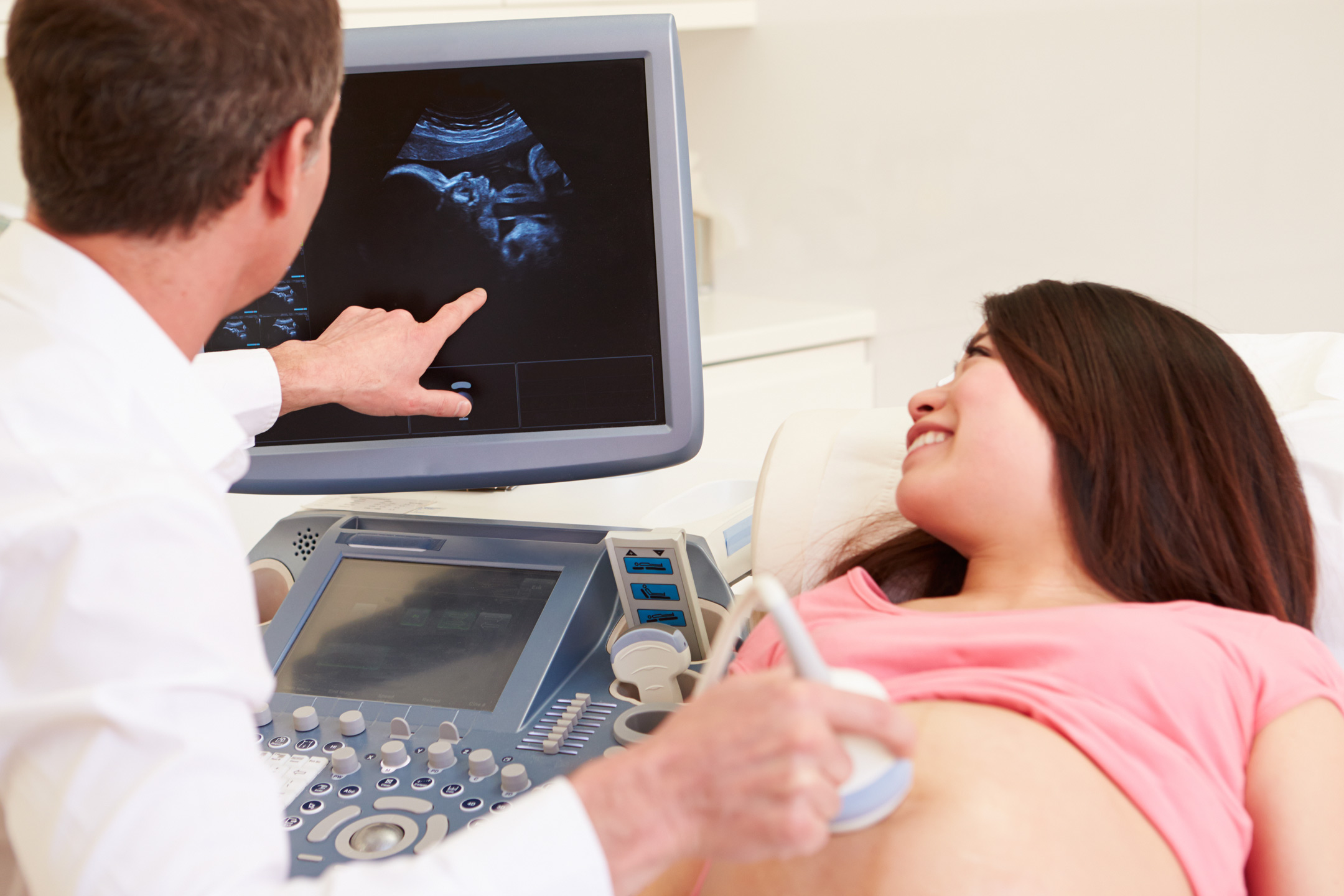
18 Sep Managing Gestational Diabetes: Diagnosis, Treatment and Long-Term Risks
In part two, Dr Sam Tormey explains how gestational diabetes is diagnosed, managed, and what it can mean for both mother and baby.
How Gestational Diabetes is Detected
A routine test often detects these higher-than-usual blood-glucose levels during pregnancy, before they actually cause any symptoms. The growing awareness of this problem has led to routine screening for GDM at the start of the third trimester, around 26-28 weeks.
Even if high glucose levels are not causing symptoms, they can be detected by a glucose challenge test. This simply involves ‘stressing’ the pancreas by drinking a large (and, I am told, nauseatingly sweet) glass of glucose solution and measuring your blood glucose level an hour later.
If the pancreas and insulin receptors are unable to cope with the extra demands of pregnancy, they will be unable to rapidly process the extra glucose, leading to a high reading after an hour. This test produces a lot of false-positive results, but it is a good screening tool. If your glucose reading is too high at one hour, you will be sent for a second, more accurate test that involves fasting overnight and having blood glucose measured before, and then one and two hours after, having the sweet drink.
First Steps After Diagnosis
A positive result to both tests can come as an unexpected blow. As a friend of mine who developed both GDM and high blood pressure put it, “Being 30 weeks’ pregnant is making me feel old enough – now I’m told I’ve got two old women’s diseases as well!”
Fortunately, if gestational diabetes is confirmed, you don’t have to steel yourself for insulin needles straight away. We can reduce the stress on the pancreas by avoiding large spikes of blood glucose from sugary foods.
Choosing foods with low sugar content and more slowly released complex carbohydrates (low glycaemic index or ‘low GI’ foods) can smooth out the amount of glucose entering the bloodstream, making it easier for the pancreas to produce the necessary amount of insulin.
Expert dietary advice is invaluable after the diagnosis, as any dietary changes must be sensitive to the calorific and nutritional needs of pregnancy.
Exercise and Medication
Exercise can also help the pancreas by stimulating the insulin receptors to be more sensitive. You might not be starting a kickboxing class in your third trimester, but brisk walking, swimming, or other low-impact aerobic exercises may also help control blood-sugar levels.
However, women with certain other complications of pregnancy (for example, high blood pressure) are advised not to exercise – check with your midwife or doctor.
Checking glucose levels several times a day by pricking your finger, testing the blood, and keeping a diary of the results is necessary to determine whether you will need insulin in addition to dietary changes and exercise. Overall, fewer than one in three women with GDM will require insulin.
Oral medications are now being used instead of, or in conjunction with, insulin, but more research is needed to confirm that they are safe for the baby in the long term.
Risks for Mothers and Babies
Uncontrolled diabetes in pregnancy means more than just high blood-glucose levels for the mother. Glucose passes freely across the placenta, but insulin does not. If a woman’s blood glucose is persistently high during pregnancy, all that extra glucose crossing the placenta stimulates the foetus to produce higher than usual levels of its own insulin.
High insulin production is associated with growth and fat deposition, as well as with higher levels of other hormones, including growth hormone. Larger babies (more than 4000 grams or nine pounds) mean more difficult deliveries, and women with GDM have higher than usual rates of induced labour, forceps/vacuum-assisted deliveries and caesarean sections.
They are also more likely to have high blood pressure and to give birth prematurely. Once born, the baby can suffer episodes of low blood glucose, as the ‘sweet feed’ of placental blood is suddenly turned off and the baby’s pancreas is still producing high amounts of insulin.
Other immediate problems include higher rates of respiratory distress and jaundice. Longer term, those babies grow into adults who are more likely to be overweight and predisposed to getting type 2 diabetes.
Who is at Risk?
So, how do you know if you are at risk of getting GDM? Being overweight at the start of pregnancy is an important risk factor, but there are others.
It’s hard to nominate an Australian more fit, active and healthy than Cathy Freeman, who revealed to the media in February that she is pregnant and that she has GDM. So, as well as preparing for the birth of her first child, she is now injecting herself with insulin four times a day.
While Freeman obviously doesn’t have problems with her weight, she does have several other risk factors – she is over 30 (like many first-time mothers in Australia now), Indigenous and has a family history of diabetes.
Family history and heritage weigh heavily in the risk of gestational diabetes. Aboriginal and Torres Strait Islander women, and those from Polynesia, all parts of Asia and the Middle East, are two to three times more likely to get gestational diabetes than other women.
As maternal age increases and obesity rates in young people continue to grow, even more pregnancies are likely to be affected by diabetes.
Life After Pregnancy
For one in 20 women, pregnancy will be a brief excursion into the world of the diabetic – looking at every item of food and calculating its glycaemic index, pricking a finger for a blood-glucose reading and keeping a diary of glucose levels and, for some, taking insulin several times a day.
Gestational diabetes generally goes away when pregnancy ends, but the diagnosis is an important window into your future. Not only is it more likely to recur with other pregnancies, but about half of all women diagnosed with GDM will go on to become permanent type 2 diabetics later in life.
Follow-up testing, eight weeks after having their baby, is advised for all women with GDM. For most women, blood glucose levels will have returned to normal as the strain is relieved from the pancreas.
Some women, particularly Indigenous women or women from high-risk ethnic groups, may be found to have permanent type 2 diabetes already, and many more will develop it in the 10 years following that pregnancy.
So even if the eight-week test is normal, repeat testing every two or three years is advised for every woman who had GDM while pregnant. Watching diet and weight, and exercising regularly, may help forestall the onset of type 2 diabetes for both you and your child.
Note: This article provides general health information and in no way constitutes medical advice. Ideas and information expressed may not be suitable for everyone. Readers seeking medical advice should consult their own doctor.
See part one: Understanding Gestational Diabetes here




